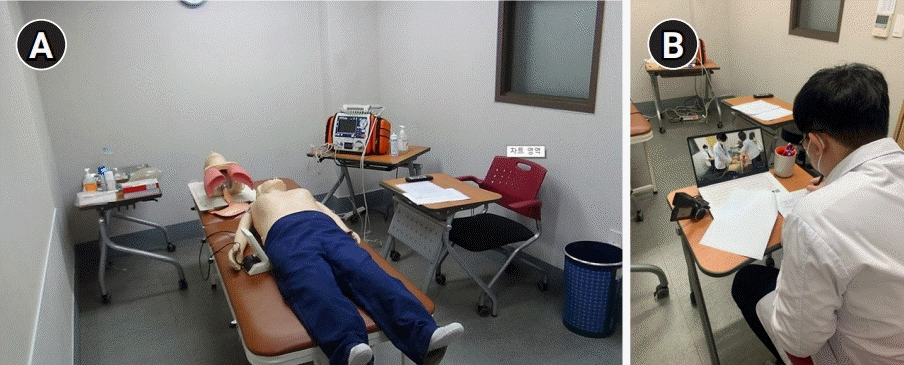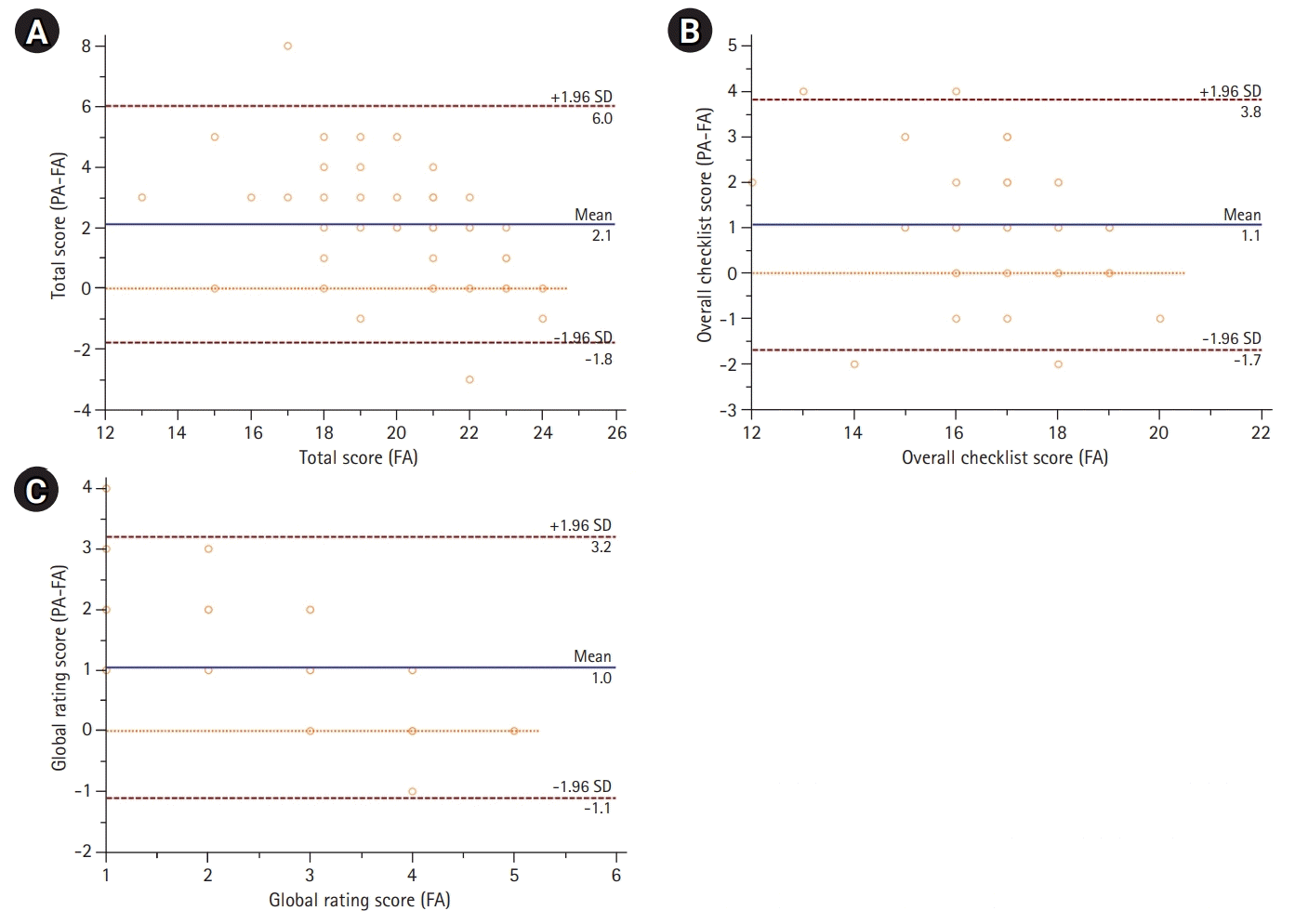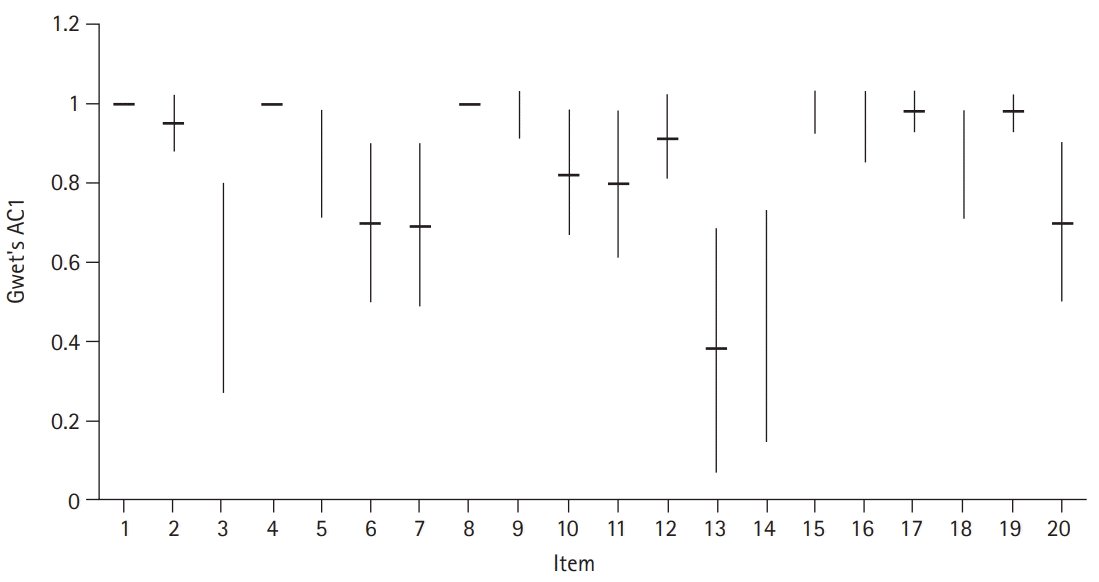1. Van der Vleuten C, Sluijsmans D, Joosten-ten Brinke D. Competence assessment as learner support in education. In : Mulder M, editor. Competence-based vocational and professional education: bridging the worlds of work and education. Cham: Springer International Publishing;2017. p. 607–630.
3. Schwill S, Fahrbach-Veeser J, Moeltner A, Eicher C, Kurczyk S, Pfisterer D, Szecsenyi J, Loukanova S. Peers as OSCE assessors for junior medical students: a review of routine use: a mixed methods study. BMC Med Educ. 2020; 20:17.
https://doi.org/10.1186/s12909-019-1898-y.

4. Abbas F, Sawaf B, Hanafi I, Hajeer MY, Zakaria MI, Abbas W, Alabdeh F, Ibrahim N. Peers versus professional training of basic life support in Syria: a randomized controlled trial. BMC Med Educ. 2018; 18:142.
https://doi.org/10.1186/s12909-018-1241-z.

6. Beck S, Ruhnke B, Issleib M, Daubmann A, Harendza S, Zollner C. Analyses of inter-rater reliability between professionals, medical students and trained school children as assessors of basic life support skills. BMC Med Educ. 2016; 16:263.
https://doi.org/10.1186/s12909-016-0788-9.

7. Speyer R, Pilz W, Van Der Kruis J, Brunings JW. Reliability and validity of student peer assessment in medical education: a systematic review. Med Teach. 2011; 33:e572–e585.
https://doi.org/10.3109/0142159X.2011.610835.

9. McEvoy MD, Smalley JC, Nietert PJ, Field LC, Furse CM, Blenko JW, Cobb BG, Walters JL, Pendarvis A, Dalal NS, Schaefer JJ 3rd. Validation of a detailed scoring checklist for use during advanced cardiac life support certification. Simul Healthc. 2012; 7:222–235.
https://doi.org/10.1097/SIH.0b013e3182590b07.

11. Wongpakaran N, Wongpakaran T, Wedding D, Gwet KL. A comparison of Cohen’s kappa and Gwet’s AC1 when calculating inter-rater reliability coefficients: a study conducted with personality disorder samples. BMC Med Res Methodol. 2013; 13:61.
https://doi.org/10.1186/1471-2288-13-61.








 PDF
PDF Citation
Citation Print
Print




 XML Download
XML Download